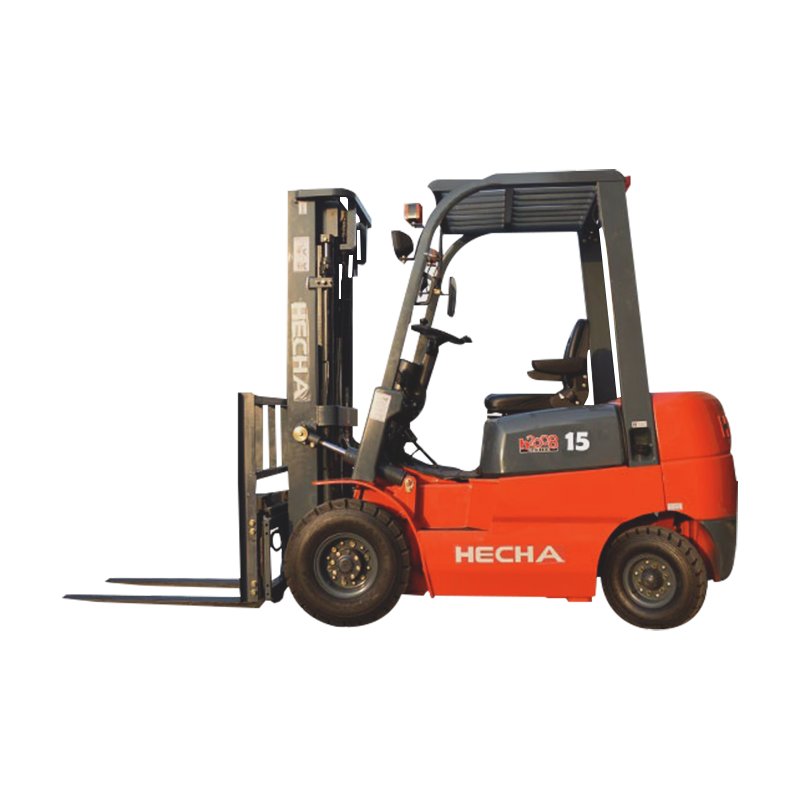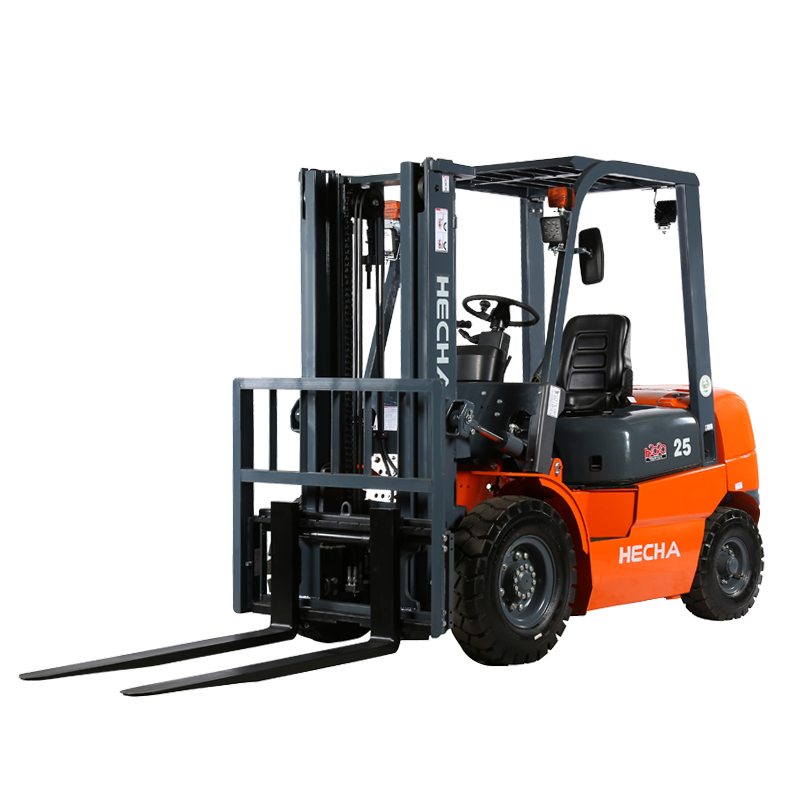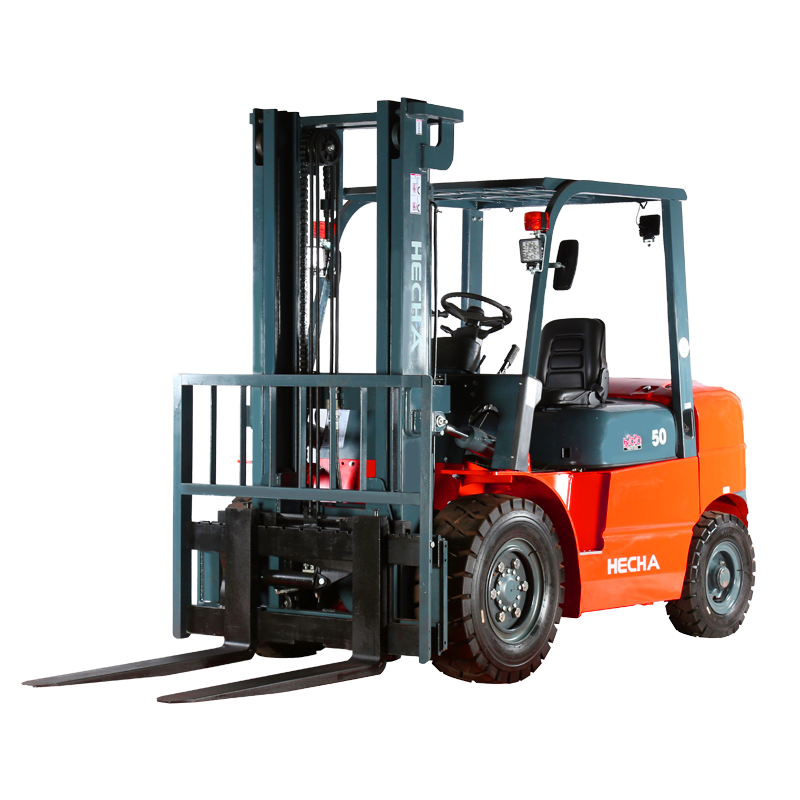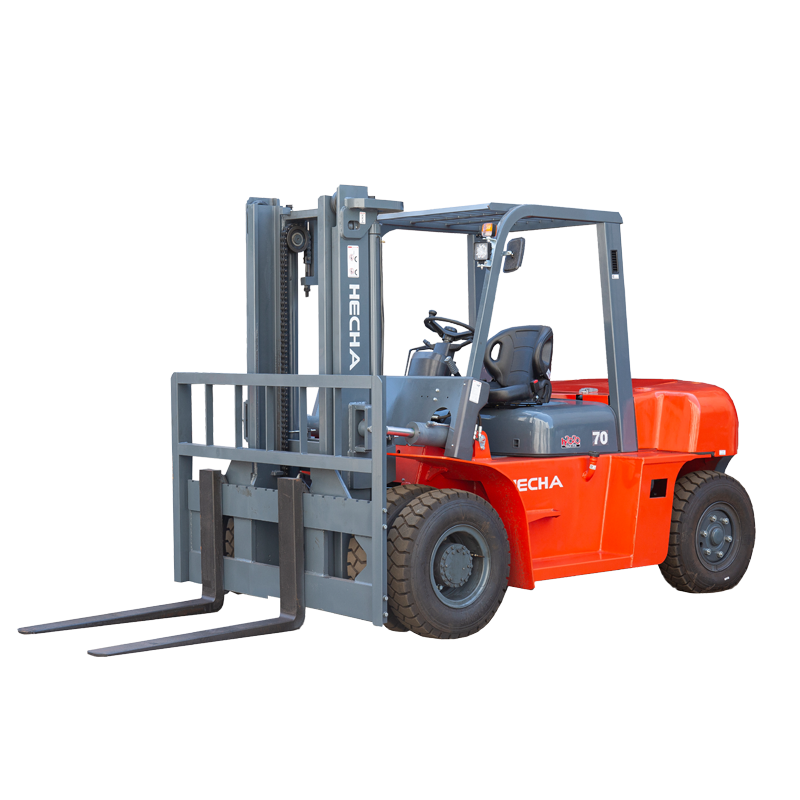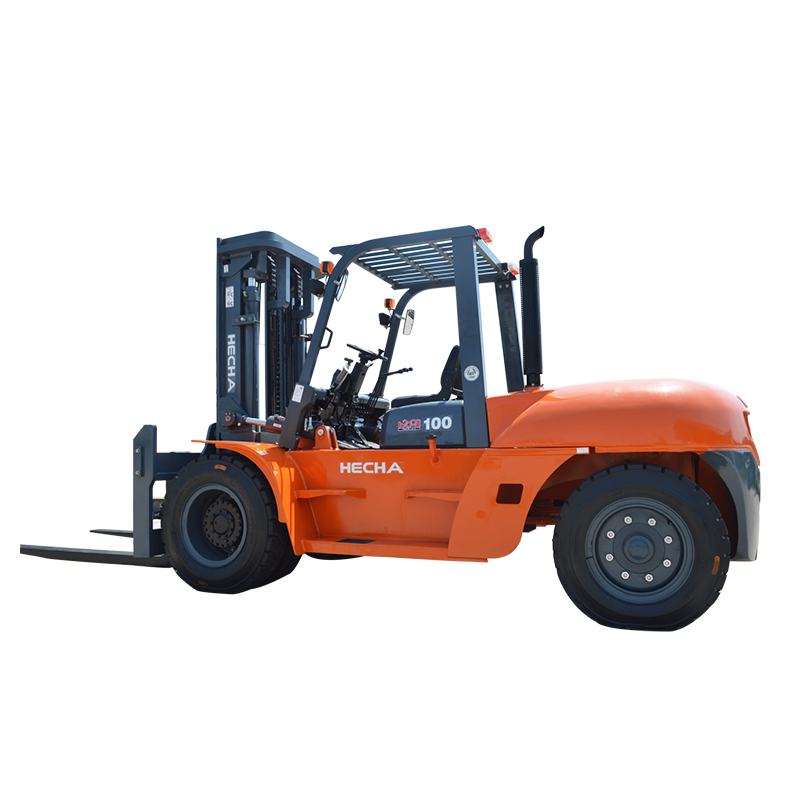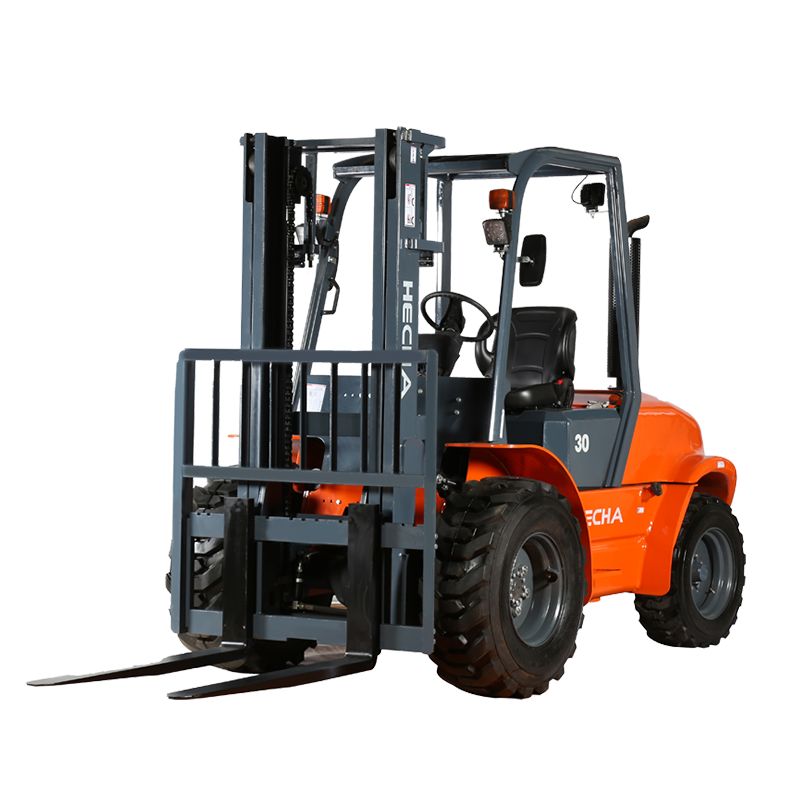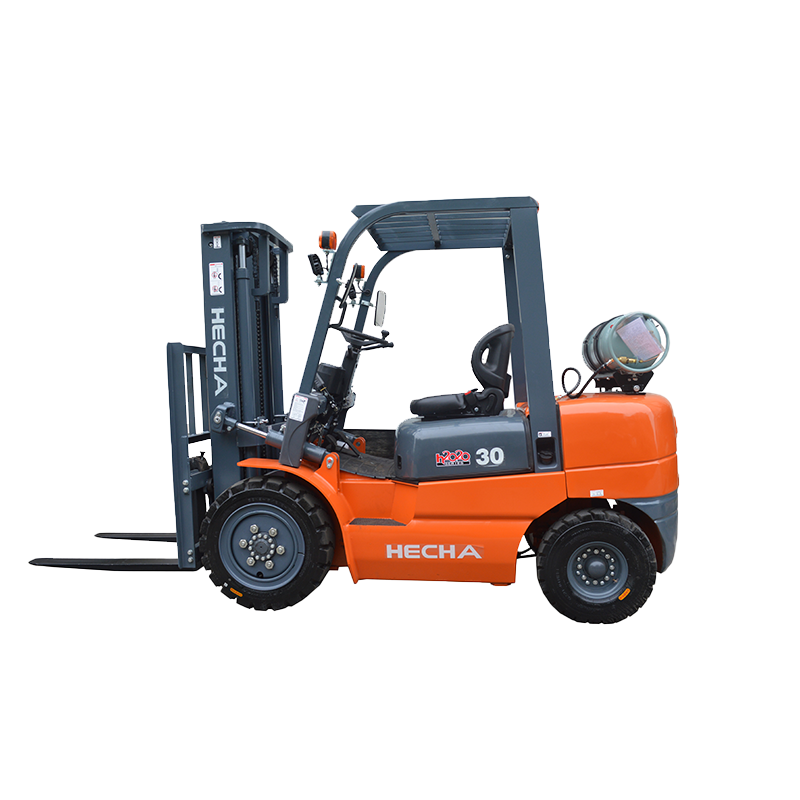The selection of a forklift power source is a critical decision that directly impacts operational efficiency, total cost of ownership, and long-term profitability. While newer technologies like lithium-ion have gained attention, the lead-acid battery forklift remains a dominant and often superior choice in a wide range of demanding industrial applications. This enduring relevance is not a matter of outdated tradition but a testament to its unique combination of economic and performance characteristics that align perfectly with specific operational profiles.
Understanding the Core Strengths of Lead-Acid Technology
To identify the applications where lead-acid battery forklift models excel, one must first understand their inherent advantages. These strengths form the foundation upon which their operational superiority is built in specific contexts. The technology is mature, robust, and offers a compelling value proposition that is difficult to match under the right conditions. The primary benefits include a lower initial investment, proven reliability over decades of use, and a high degree of recyclability that contributes to a circular economy. Furthermore, the significant weight of the batteries provides a functional advantage, contributing to the stability of the forklift during lifting and transporting heavy loads. These core attributes make the lead-acid battery forklift a formidable solution for many businesses.
The economic advantage of this technology is most apparent in the initial acquisition cost. When compared to alternatives like lithium-ion power packs, the upfront capital required to purchase a lead-acid battery forklift and its corresponding charger is substantially lower. This is a crucial factor for businesses operating on tight capital expenditure budgets, startups, or large fleets requiring numerous units. The lower entry cost allows companies to deploy a larger fleet within the same budget, directly enhancing operational capacity from the outset. For many operations, this immediate financial accessibility outweighs the long-term considerations of other technologies, especially when the operational profile is a good fit.
Another significant, though often overlooked, strength is the well-established and accessible service infrastructure. The technology behind a lead-acid battery forklift has been in use for over a century, meaning that maintenance knowledge is widespread. Most material handling equipment dealers and third-party service centers have technicians who are thoroughly trained in servicing these systems. Replacement parts, from cells to entire batteries and chargers, are readily available and competitively priced. This contrasts with newer technologies where specialized, and often more expensive, technical expertise is required. This ease of maintenance reduces downtime and ensures that repairs can be conducted swiftly and cost-effectively.
High-Intensity, Multi-Shift Operations: The Domain of Lead-Acid
One of the most compelling applications for the lead-acid battery forklift is in high-intensity, multi-shift operations, particularly those that can implement a formal battery swapping protocol. In environments such as manufacturing plants, distribution centers, and logistics hubs where machinery operates for sixteen to twenty-four hours a day, continuous uptime is paramount. The key to success in these scenarios is not the single-charge runtime of a battery, but the ability to have a fully powered truck available at all times through efficient battery changeover.
In a well-managed multi-shift operation, a lead-acid battery forklift is used for a single shift, after which the depleted battery is swapped for a fully charged one from a dedicated charging station. The spent battery is then connected to a charger for an extended, controlled recharge cycle. This “battery-as-a-shift” model is highly effective. It allows the forklift to return to operation within minutes, avoiding the extended downtime associated with connecting the truck to a charger for several hours. This process is facilitated by the robust design of the batteries and the availability of purpose-built exchange equipment.
The economic logic of this model is powerful when multiple forklifts are involved. Instead of purchasing a single, more expensive lithium-ion powered truck for each operator, a company can purchase a fleet of lead-acid battery forklift units and a smaller number of spare batteries. This configuration often results in a lower total capital outlay while achieving the same, or even greater, operational throughput. The ability to have a spare battery charging while another is in use creates a seamless cycle of power that is perfectly suited to the relentless pace of modern supply chains. For operations where the workflow is continuous and predictable, the battery swap model for a lead-acid battery forklift is an unbeatable solution.
Heavy-Duty and High-Capacity Applications
The intrinsic physical characteristics of lead-acid batteries contribute directly to the performance and stability of the forklift, especially in demanding load-handling scenarios. A typical lead-acid battery for a large lead-acid battery forklift is extremely heavy, often weighing one to two tons. This mass is not a drawback; rather, it is strategically positioned within the truck’s frame to act as a significant portion of the counterweight required to balance heavy loads on the forks.
This integral counterweight design is a critical advantage in high-capacity applications. For forklifts designed to handle very heavy loads, such as in steel mills, foundries, or paper product industries, stability is non-negotiable. The substantial weight of the battery provides a low center of gravity and a solid counterbalance, enhancing safety when lifting loads that approach the truck’s maximum rated capacity. Alternative power sources, which are often significantly lighter, would require the addition of substantial external ballast to achieve the same level of stability. This added ballast increases the overall weight of the machine, which can have negative implications for floor loading and energy efficiency.
Therefore, in applications involving consistently heavy loads, the lead-acid battery forklift leverages its core component’s weight as a functional benefit. The battery is not just a power source; it is an integral part of the machine’s structural and safety design. This dual-purpose nature makes it an exceptionally efficient engineering solution for high-capacity forklifts, where performance and safety are inextricably linked. The robust power delivery of these batteries also provides the consistent torque needed for moving heavy loads, making them a reliable workhorse in the most strenuous environments.
Applications with Older Fleet Replacements and Mixed Fleets
Fleet management often involves phased replacement strategies rather than wholesale upgrades. In such cases, compatibility and standardization are key concerns. The lead-acid battery forklift is frequently the optimal choice when replacing older units within an existing fleet or when expanding a fleet that already predominantly uses this technology.
Maintaining fleet homogeneity simplifies maintenance, training, and parts inventory. If a company’s fleet is primarily composed of lead-acid battery forklift models, introducing a new unit of the same type ensures that mechanics only need to be proficient in one set of systems. The spare parts inventory—from battery cells to charger components—remains relevant and consolidated. This standardization reduces administrative overhead and streamlines the entire maintenance workflow. Furthermore, operators are already familiar with the specific operational characteristics, such as the performance curve and indicator meanings, of a lead-acid battery forklift, minimizing the need for retraining.
Introducing a different power source into a homogeneous fleet creates operational complexity. It requires maintaining a separate inventory of spare parts, training mechanics on a new technology, and potentially creating an imbalance in utilization if the different trucks are perceived to have varying performance. For a manager seeking to minimize complexity and maximize operational smoothness, selecting a new lead-acid battery forklift to replace a retired one or to expand a proven fleet is a strategically sound decision that preserves efficiency and control.
A Comparative Overview of Key Application Suitability
The following table summarizes the primary applications where a lead-acid battery forklift holds a distinct advantage, contrasting the rationale with the typical limitations of alternative power sources in the same context.
| Application Scenario | Rationale for Lead-Acid Forklift Superiority | Limitation of Alternatives in this Context |
|---|---|---|
| Multi-Shift Operations with Battery Swap | Lower cost of spare batteries enables “battery-per-shift” model with minimal downtime. High cycle life supports intensive use. | Higher cost of spare batteries makes the swap model economically prohibitive. Fast charging may not eliminate need for spares in 24/7 use. |
| Heavy-Duty, High-Capacity Lifting | Battery weight serves as integral counterweight, enhancing stability and safety without added dead weight. | Lighter power units may require additional ballast, increasing total machine weight and complexity. |
| Budget-Constrained or Cost-Sensitive Fleets | Significantly lower initial capital investment for both the truck and the charging infrastructure. | Higher upfront cost can be a barrier, requiring a longer period to realize a return on investment. |
| Facilities with Existing Charging Rooms | Leverages sunk cost in infrastructure (ventilation, chargers, hoists). Avoids cost and disruption of facility retrofit. | Requires new infrastructure investment (e.g., high-power electrical lines for fast chargers), negating existing asset value. |
| Phased Replacement in Homogeneous Fleets | Maintains standardization for maintenance, parts, and operator training. Simplifies fleet management. | Introduces complexity, requiring dual inventory of parts and specialized training, potentially leading to inefficiency. |

 English
English 中文简体
中文简体 русский
русский Français
Français Español
Español

